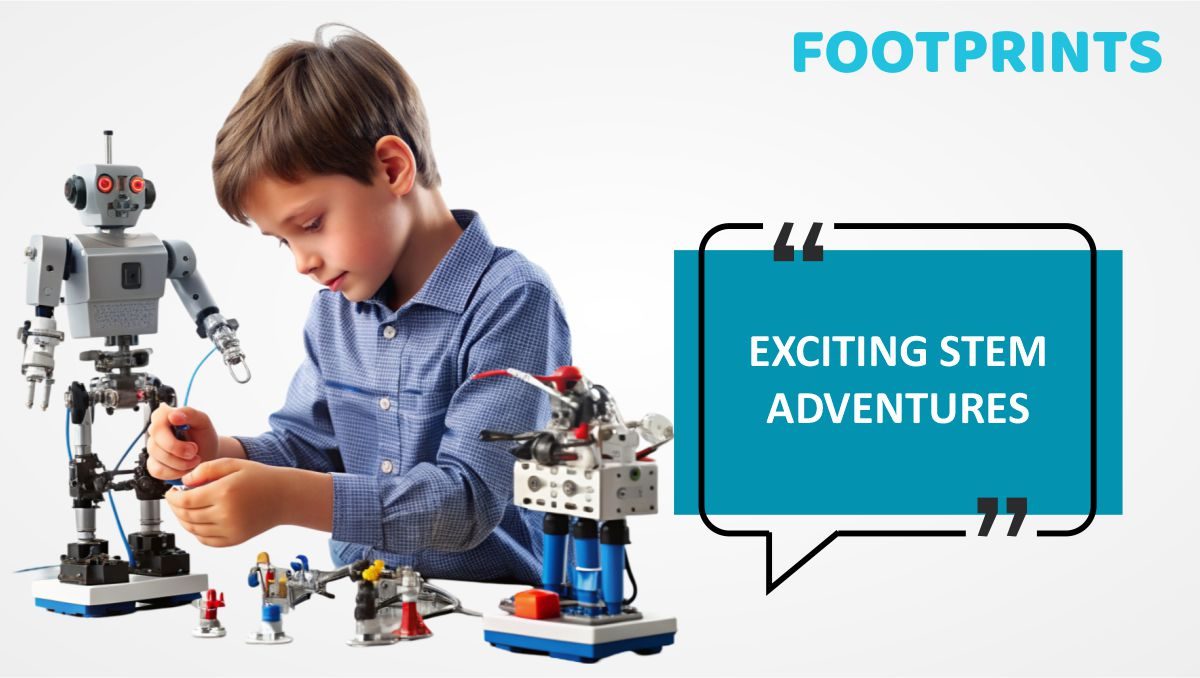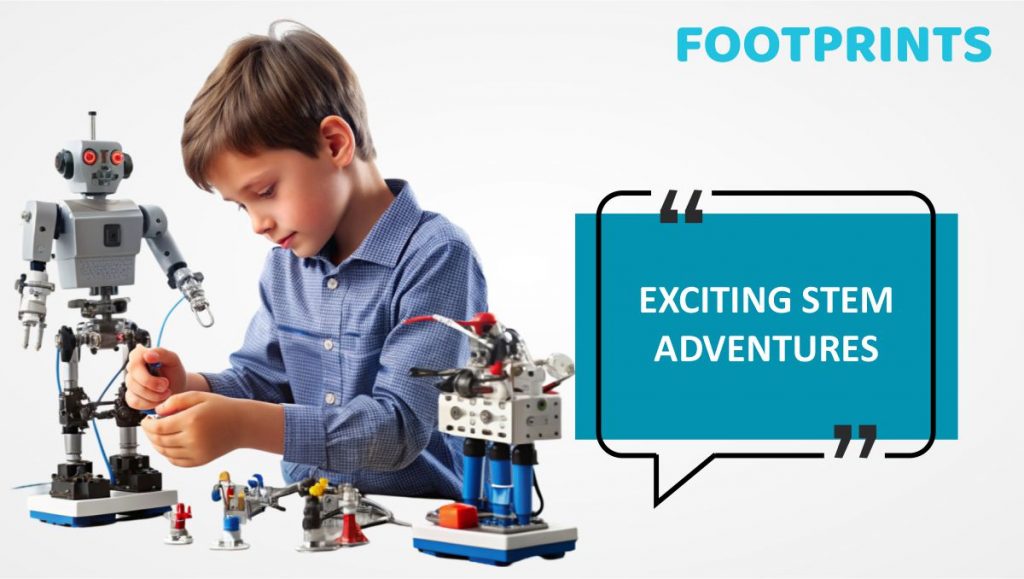
Children are naturally curious about the world around them. The many questions they ask and the fact that they want to touch and feel everything are all signs of their curiosity. As adults, all we need to do is pique this curiosity so that their learning never stops. One way to do it for preschoolers is to turn them into natural scientists. All you need to do is show them how science can be an intrinsic part of life and that it can be a lot of fun.
Introducing them to STEM experiments and fun science activities can give them a great overview of how the world works. With a fun, creative, and hands-on approach, you would have hooked them on science and the world of critical thinking for life.
Let’s take this exciting ride together as we share some fun science experiments to begin your child’s STEM education journey.
1. Create a cloud
Oddly, your little one has spent hours peering at the clouds above and admiring their beauty. When you tell them they can create clouds, their excitement will be palpable.
The fact that you need some straightforward things to do this is an added perk. Just get together the following:
- A glass jar with a lid
- Warm water
- Matches
- Ice cubes
Methodology:
All you need to do is to fill one-fourth of the jar with warm water. Next, you need to light a match. Allow the smoke to enter the jar for a few minutes. Next, you need to cover the mouth of the jar with the lid quickly. Now, place ice cubes on top of the lid. Wait about a minute before you remove the lid, and the child sees clouds escaping from the jar.
You can rest assured that the child will want to experiment again and again. In an age-appropriate manner, you can tell the child about water changing into water vapour and about condensation. It sure will be a great start to their scientific journey.
Pro tip- The experiment needs to be undertaken strictly under adult supervision.
2. Build-a-Bridge
Many children are obsessed with bridges. It’s about time you helped them create bridges of their own. Once again, this experiment requires some easily available weight-bearing materials. Simply get together the following:
- Spaghetti
- Marshmallows
- Toothpicks
Methodology:
Let the child use these simple household things to create a bridge. Allow them to be creative enough to create their bridge while you provide the adult scaffolding required. Once the bridge is ready, encourage them to pull out their toy cars to see if the bridge has the strength to withstand them. Should the bridge not have the requisite strength, gently challenge the child to use some other material for the bridge. It will be a fun lesson in tensile strength.
3. Rainbow in a Jar
If the child has seen a rainbow in the sky, he or she must have been fascinated by it. Having created a cloud in a jar, when you tell them you will make a rainbow next, their joy will know no bounds.
The materials you need to collect are as follows:
- Seven liquids with different viscosities- think water, oil, glycerin, etc
- Food colouring
- Glass jar
The experiment is straightforward. Add food colouring to these liquids in the order of the colours of the rainbow. You will need to make sure that the lightest liquid is coloured Red, for instance, for it to settle as the topmost layer of the VIBGYOR series. Once the child pours these liquids into the jar in any order, the liquids will finally settle in the order of the rainbow colours. Now, this is one experiment the child will never forget, just as he won’t forget the colours of the rainbow.
If you cannot get seven different liquids, you can also experiment with fewer liquids to demonstrate how the different colours stack up based on their viscosity. It may not form a rainbow, but the message will still drive home.

4. Strength in shapes
Much like the bridge experiment, this experiment will let the child look at relative strengths. You only need to fold paper to form 3D shapes in columns. Next, ask the child to guess which shape will sustain more weight. The proof, as they say, is in the pudding, so all you need to do is to try and put weight on each of these columns and see how they hold up
5. Build a balance scale
Introduce them to the idea of weights and measures. Next time you buy vegetables, show them how the hawker uses a weighing scale. This will get them interested in building a weighing scale of their own. Simply get the following material together:
- Plastic hangers
- Cups
- String
Attach two cups to either side of the plastic hanger using strings to create a balance scale. Now, get the child to guess which object is heavier, followed by putting the objects on both cups to see for themselves. This is one activity the child would like to come back to again and again.

To Sum Up
With these seemingly simple science activities that require a little bit of effort on the part of the adults, you will develop a love for science in the child. In fact, the child will fall in love with the subject when he is able to see firsthand how science plays an important role in our daily lives.
At Footprints, one of the largest chains of preschools and creches, we follow the scientifically developed HighScope curriculum, which is well poised to ignite the spirit of inquiry in young learners and make them learners for life.
Aditya brings over ten years of expertise as a Senior Marketing Strategist. He’s an expert at developing captivating marketing tactics that regularly provide excellent outcomes. His innovative strategies have demonstrated a track record of increasing organizational reach and engagement, showcasing his extensive knowledge of the contemporary marketing landscape.


